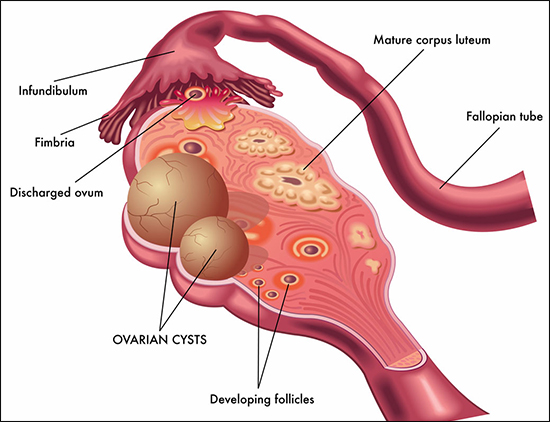
Paraovarian Cyst: Symptoms, Diagnosis & When to Consider Surgery
Paraovarian cysts are often diagnosed during an ultrasound examination. These are basically harmless and benign, but when they become enlarged, twist, or burst, they can become a serious concern. This condition needs immediate medical attention by experts like Dr. Neha Gupta, a renowned gynaeoclogist in Noida. With an effective treatment approach and paraovarian cyst treatment in Noida, one can achieve better and improved health outcomes.
In this blog, we will discuss paraovarian cysts, their symptoms, causes, diagnostic methods, and effective treatment options.
Paraovarian Cyst Treatment in Noida: An Overview
Paraovarian cysts, also known as paratubal cysts, are a gynaecological condition in which fluid-filled sacs or cysts form near the ovaries or fallopian tubes. This condition causes small cysts, which mostly affect women who are between the ages of 30 and 40, and enlarged cysts are seen in younger girls. These cysts are benign and harmless and do not cause any symptoms until they become enlarged and rupture. Because of its asymptomatic nature, the condition is often unnoticed in earlier stages and usually diagnosed during an ultrasound or an unrelated surgical procedure. Paraovarian cysts measure around 0.5 cm to 20 cm, which can be mistaken for ovarian cysts as they occur close to the ovary. With the right treatment approach, paraovarian cysts can be effectively managed while preserving ovarian function.
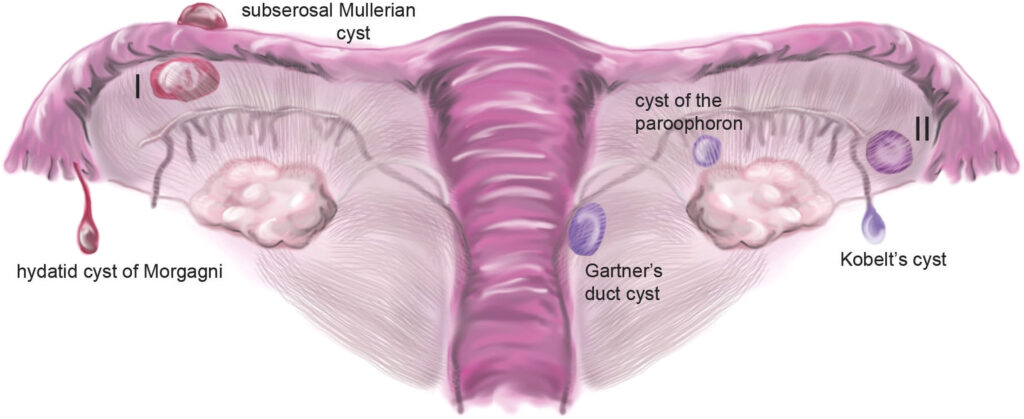
What Are the Symptoms of Paraovarian Cysts?
Most of the paraovarian cysts do not cause any symptoms; however, when they become enlarged, they can cause pelvic or abdominal pain, a feeling of fullness or heaviness, frequent urination, pressure in the abdomen, and constipation. It is important to consult your healthcare provider to get the right diagnosis and treatment options if you’re experiencing the above-mentioned symptoms or others that may indicate you are having paraovarian cysts.

What Causes Paraovarian Cysts?
Most of the medical researchers believe that paraovarian cysts are the result of the presence of remnants of the Mullerian or Wolffian ducts. These are the ducts that form during embryonic development, and the Müllerian duct matures into the female reproductive organs, such as the fallopian tubes, uterus, cervix, and vagina, while the Wolffian ducts normally regress in females. If fragments of either of the ducts remain near the ovary, it can lead to the rise of the paraovarian cysts, which gradually fill with fluid over time and lead to the formation of paraovarian cysts.
How To Diagnose Paraovarian Cysts?
When you experience pelvic pain, abdominal discomfort, and other symptoms of the condition, you should visit your healthcare provider. After reviewing your symptoms and physical examination, your gynaecologist will perform these diagnostic tests, which include:
– Pelvic or abdominal ultrasound
Under this diagnostic procedure, ultrasonic frequency vibrations are used, which show visual images of the pelvic region on the screen to look for the presence of cysts.

– MRI
Magnetic resonance imaging is a diagnostic test that is done to check whether a cyst is cancerous or not and the development of paraovarian cysts.

– Blood tests
Blood tests are done after the doctor suspects that the cysts can be cancerous and checks for any signs of inflammation and infection.
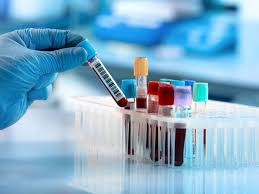
Paraovarian Cyst Treatment in Noida by Dr. Neha Gupta
Surgery is recommended for women whose cysts are larger than 5-7cm or if they are cancerous, which is why surgery is done to prevent any further complications. The treatment option for paraovarian cysts depends on the size of the cyst, location, and age. It includes procedures such as
– Key Hole Surgery
Keyhole surgery is a minimally invasive surgery for treating ovarian cysts. In this procedure, a laparoscope — a thin lighted tube with a microscope is used to remove the cysts through small incisions in the abdomen. This type of surgery can be performed in two ways:
- Robotic-assisted
- Laparoscopic paraovarian cystectomy
Many women opt for laparoscopy because of its minimal invasiveness, which leads to less pain, minimal scarring, and faster recovery compared to traditional surgery. The procedure can be done under general or local anaesthesia.
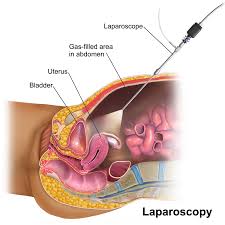
– Laparotomy
It is also known as open surgery, in which a large abdominal incision is made to remove the paraovarian cysts and is done under the administration of general anaesthesia. Laparotomy is rarely needed in very large cyst especially if malignancy is suspected.
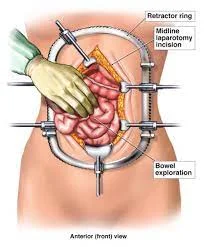
Looking for paraovarian cyst treatment in Noida? Reach out to Dr. Neha Gupta
Paraovarian cysts are usually benign, but larger or complicated cysts can lead to discomfort and need immediate medical attention. You can consult Dr. Neha Gupta, a renowned gynecologist, for expert guidance and personalised treatment.